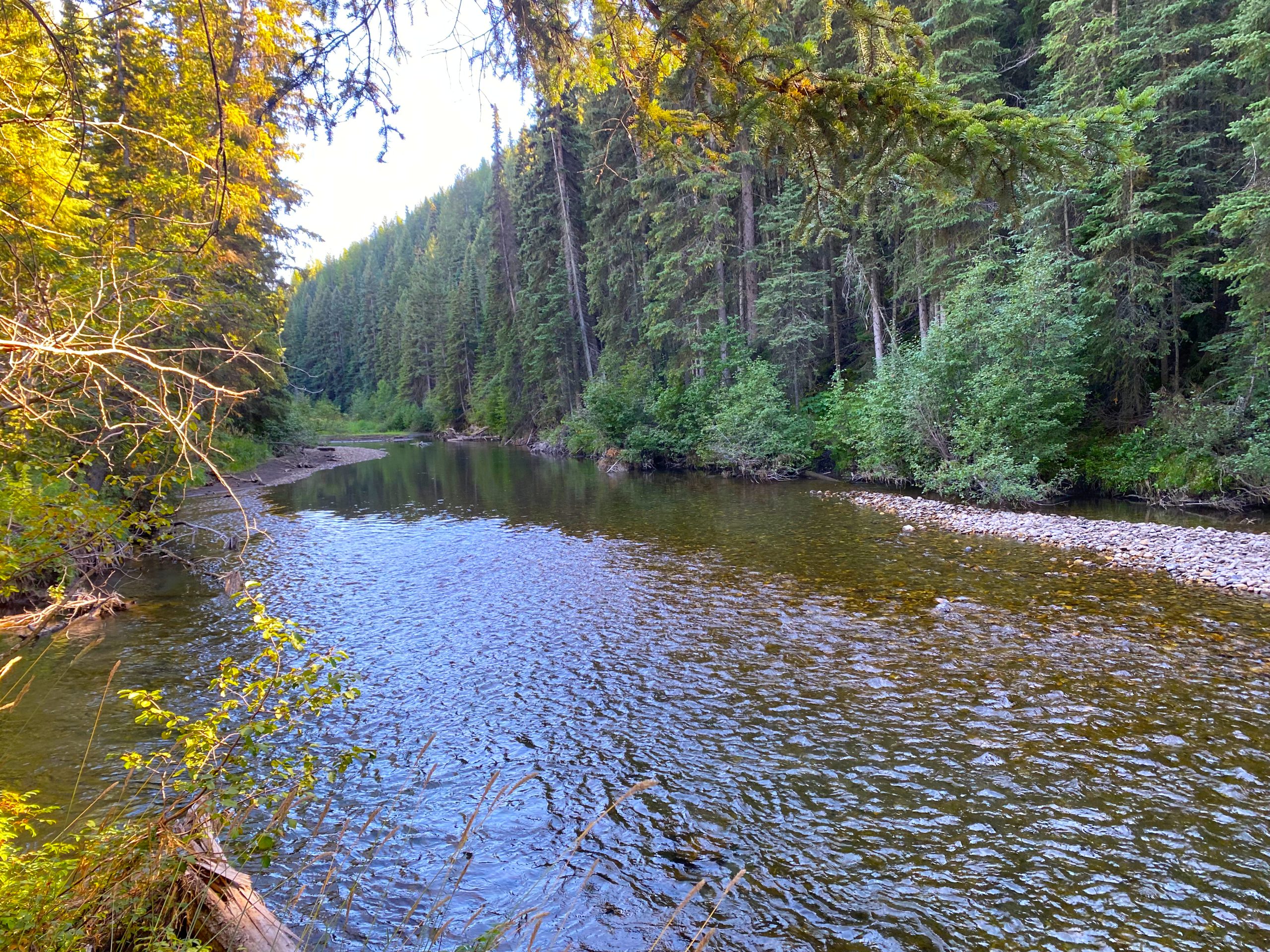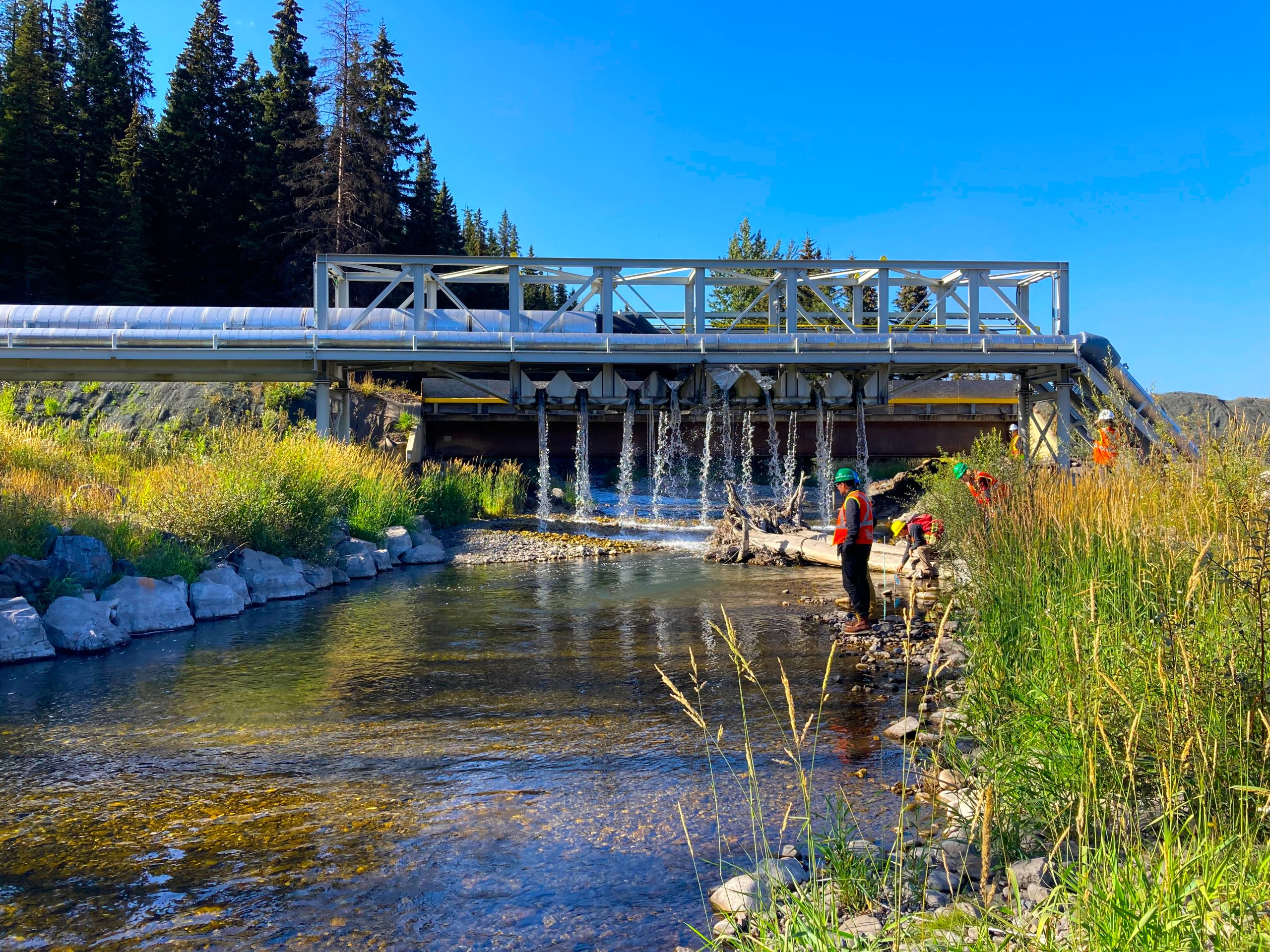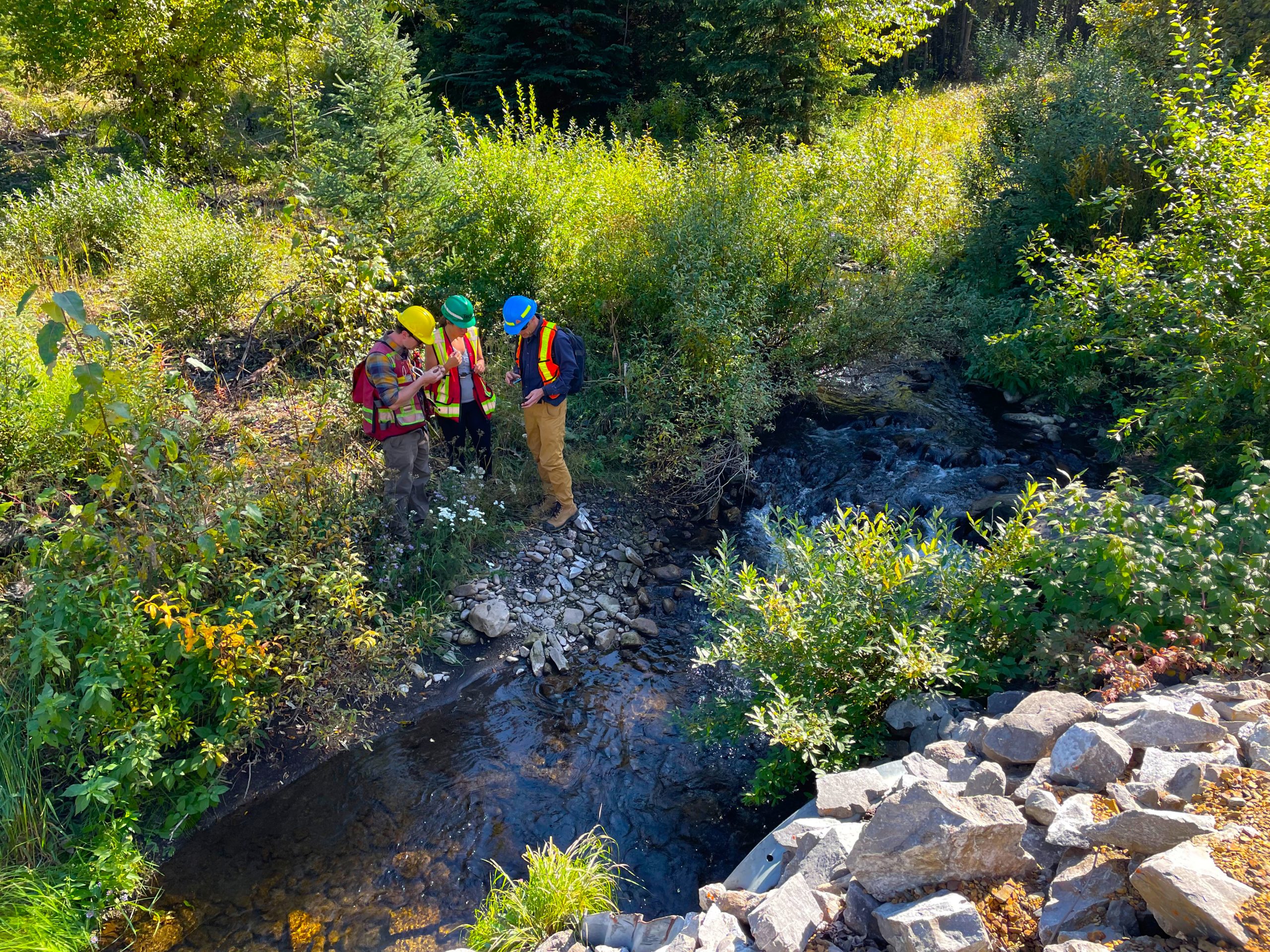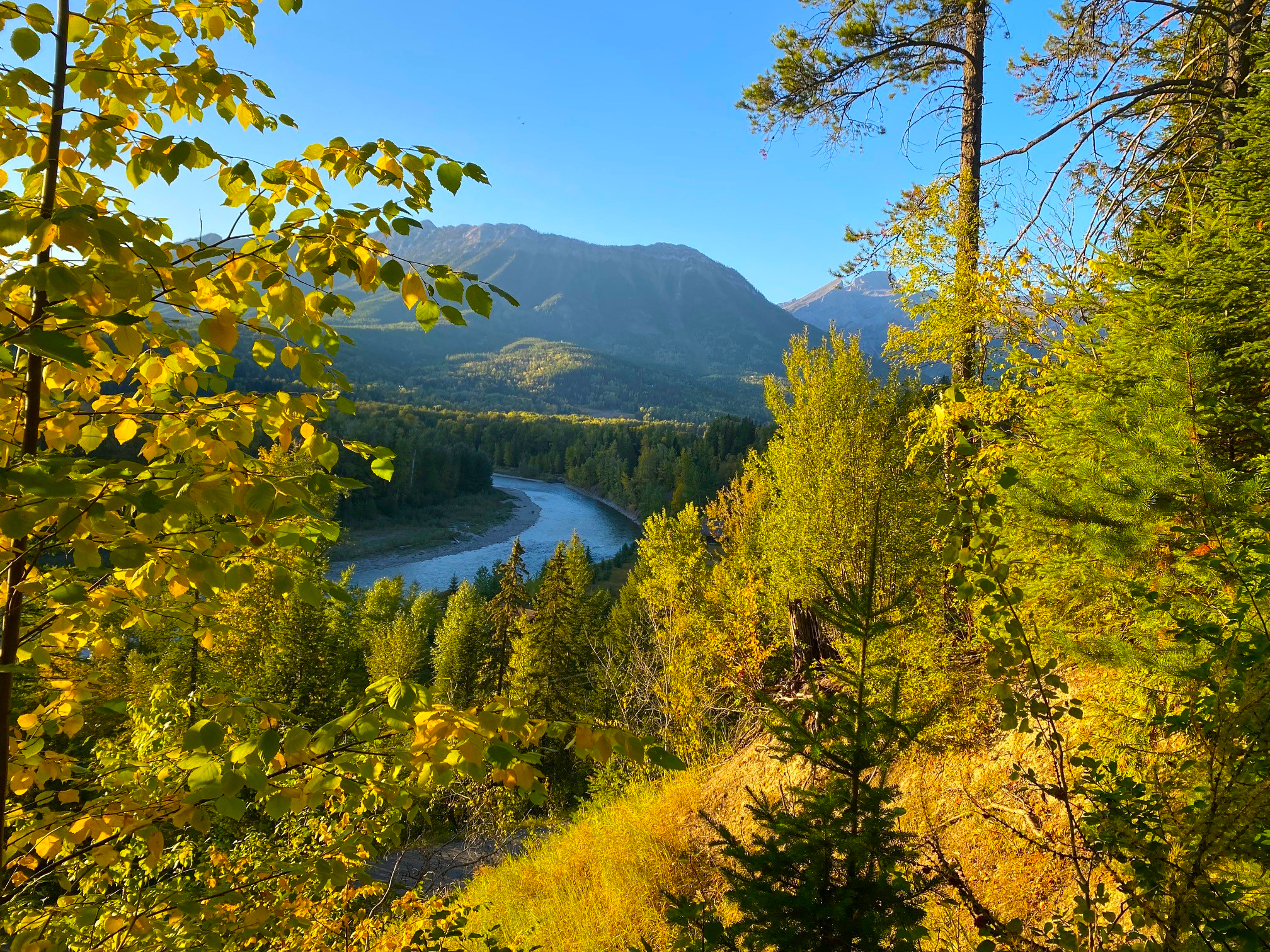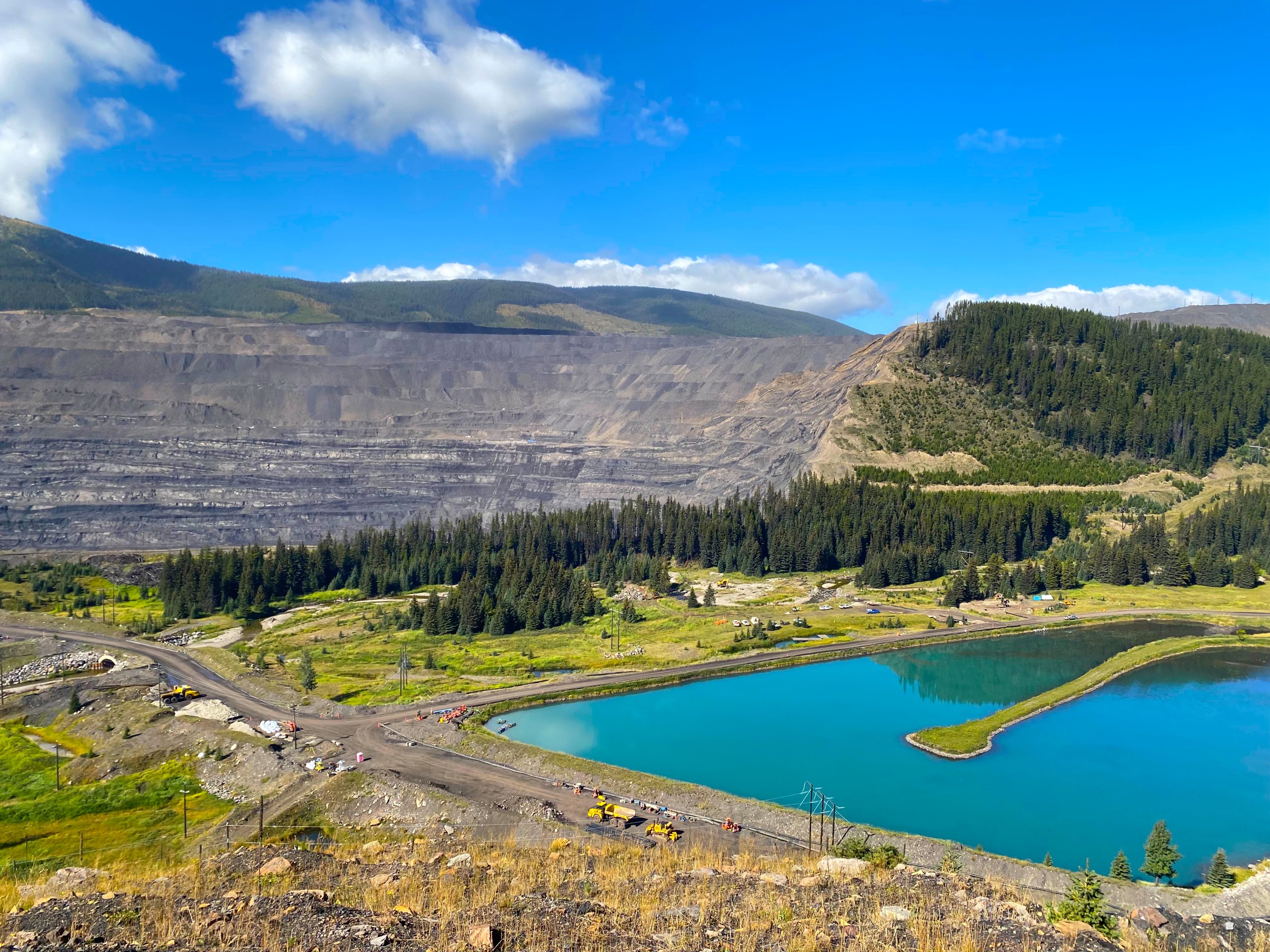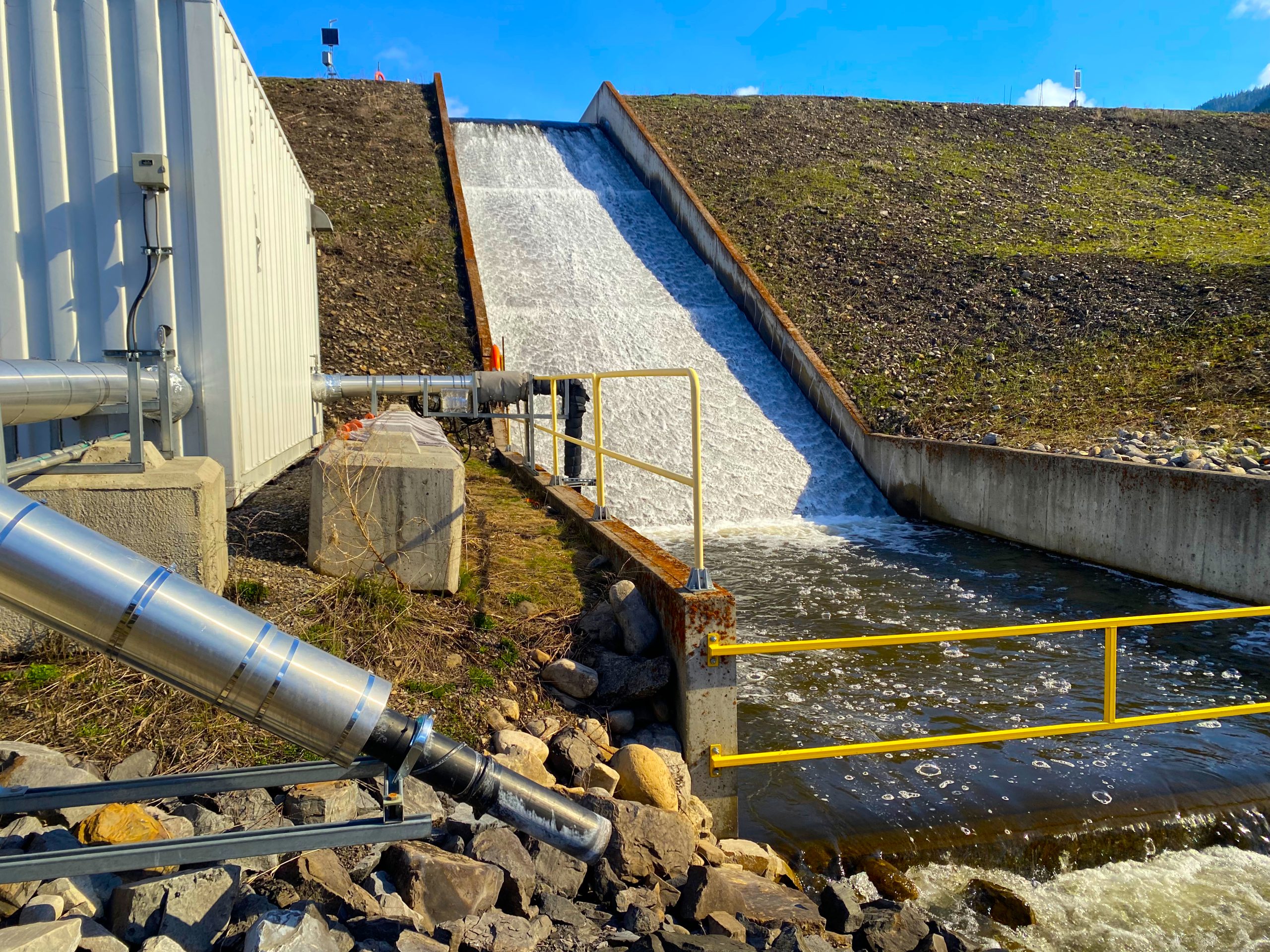Updated November 2023
On this page
Drinking water quality
Drinking water in the Elk Valley comes mainly from groundwater sources.
The possible influence of mining on the municipal groundwater wells at Sparwood resulted in action to ensure a safe drinking water supply for the community and in 2020 a new well was brought online. Selenium levels at the new well were below the drinking water guideline in 2022. More information is available at the District of Sparwood website.
Fernie’s main water source is the Fairy Creek Spring, a watershed without mining influence. Work is underway to ensure that Fernie has a reliable and safe backup water source that is protected from mining and other land use influences. More information is available at the City of Fernie website.
The District of Elkford also posts drinking water information on its website.
Private wells in the Elk Valley are sampled as part of a Regional Drinking Water Monitoring Program. In 2022, 57 drinking water wells were sampled for mine-related substances. Eleven wells exceeded the B.C. Drinking Water Quality Guidelines for selenium. Three of these wells also exceeded the guideline for sulphate. Elk Valley residents are encouraged to have their wells tested regularly. Residents can contact EVR to participate in this program.
Surface water quality in Elk Valley streams and rivers exceeds B.C. Drinking Water Quality Guidelines for several substances in locations that are frequently monitored. Aside from the City of Fernie, whose main drinking water source is not mine influenced, surface water is not a source for municipal or private residential drinking water in the Elk Valley.
The local health authority advises against drinking any untreated surface water due to the risk of exposure to harmful pathogens. Learn more about safe drinking water at Interior Health.
Examining human health risks from exposure to mine-related substances in drinking water and food was assessed as part of a comprehensive Human Health Risk Assessment for the Elk Valley. Read about the assessment below.
Learn more about EVR’s Drinking Water Sampling Program.
Human health risk assessment
Updated January 2024
In October 2023 EVR submitted the Elk Valley Human Health Risk Assessment. The Ministry of Environment and Climate Change Strategy required EVR to undertake the assessment to determine whether mine-impacted water was posing a risk to human health from:
- Drinking surface and groundwater
- Eating fish, berries and wild game
- Contacting water through recreation, such as swimming
The assessment was unique because it not only assessed risks for people consuming Elk Valley foods at various rates, but also assessed risks to the Ktunaxa community eating traditional foods at preferred rates.
The HHRA assessed several mine-related substances in surface water, groundwater, sediment, fish tissue, game meat and berries collected from throughout the Elk Valley and Koocanusa Reservoir. Selenium was found to be the primary mine-related substance that may pose a potential risk to human health, with fish providing the largest source of selenium to the diet for most of the groups assessed. The level of risk from consuming fish depends on how much and how often fish are eaten and where the fish are harvested in the Elk Valley.
The study authors and reviewers have identified opportunities to collect additional data and information to improve understanding of the identified risks for the different groups of people who were considered in the assessment.
After detailed review of the assessment by experts from the Ministry of Environment and Climate Change Strategy, Interior Health, and the Ktunaxa Nation Council, the Elk Valley Human Health Risk Assessment was accepted by the ministry and is now publicly available.
EVR’s current efforts to implement selenium and nitrate water treatment facilities in the Elk Valley are expected to improve water quality and may contribute to reducing the human health risks identified in the HHRA. New data will continue to be reviewed and used to improve the understanding of health risks. Any new information will be made available on this website.
Learn more about water treatment.
Learn more about EVR’s Drinking Water Sampling Program.


